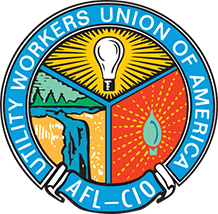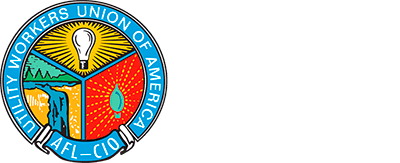It is well known that labor unions have a long history of fighting to improve the lives of workers through better pay, benefits and establishing a safe work environment.
The gains workers made through organizing and collective bargaining began well before employers were required by law to recognize and bargain with unions. The earliest recorded strike occurred in 1768 when New York journeymen tailors protested a wage reduction. The formation of the Federal Society of Cordwainers (shoemakers) in Philadelphia in 1794 is listed as the first trade union in the U.S. The first national labor organization, the Knights of Labor, was formed in 1869.
Back then, employers had no legal obligation to recognize or bargain with a union. It was strictly voluntary. The only way workers could get their employer to recognize their union was by withholding their labor through striking. Violence, bloodshed and even death were more the norm than the exception during labor disputes in those days.
It was clear things needed to change for American workers. But employers were not going to voluntarily change their ways. It took meaningful, enforceable legislation to change the labor landscape.
Child labor outlawed
The first significant legislation came with the enactment of child labor laws. The 1900 U.S. census reported that 1.75 million children, ages 10–15, composed about 6% of the nation’s labor force. In 1916, Congress passed the Keating–Owen Child Labor Act, the first national child labor bill. Keating–Owen was challenged and, in 1918, overturned by the Supreme Court. A year later, child labor protections were passed as part of the Revenue Act of 1919. Like Keating–Owen, this legislation was deemed unconstitutional.
It was not until 1938, with the passage of the Fair Labor Standards Act (FLSA), that federal protections for children in the workplace became law. Like previous legislation, the act was challenged, but this time, upheld by the Supreme Court. Before this legislation, it was not unusual to find children as young as 10 years old, working in the harshest of conditions, with unlimited working hours!
Efforts to pass legislation to create safe work environments were also met with strong opposition. Back in the early 1900s workers had little recourse when injured on the job. Workers who noticed hazards could either assume the risk and continue working or leave work. They were powerless to change the condition.
In 1910, New York became the first state to adopt comprehensive workers’ compensation. But on March 24, 1911, a New York judge ruled the statute violated both the state and federal constitutions. The very next day, on March 25, 1911, in what is known as the Triangle Shirtwaist Factory fire, 146 garment workers were killed when their factory caught fire. The New York constitution was then amended, a new workers’ compensation law was passed, and the U.S. Supreme Court upheld it against challenge in 1917. But it wasn’t until 1948 that every state adopted comprehensive workers’ compensation legislation, with Mississippi being the last.
Pro-labor politicians make a difference
With violent, bloody labor disputes continuing throughout the country, finally, in 1935, workers gained the right to form and join unions with the passage of the National Labor Relations Act that required employers in the private sector to recognize and bargain with unions. Prior to that, in 1933, Congress passed the National Industrial Recovery Act (NIRA). But that act was declared unconstitutional by the Supreme Court.
When it came to protecting workers by preventing workplace injuries to begin with, it wasn’t until 1970, with the passage of the Occupational Safety and Health Act, that workers won federal legislation designed to regulate workplace safety. In order to establish and enforce standards, the act created the Occupational Safety and Health Administration (OSHA), a division of the U.S. Department of Labor.
All these legislative gains made by workers were met with strong resistance from employers, anti-labor politicians and the Supreme Court. Make no mistake about it, these gains were brought about with the direct involvement of the labor movement’s support for pro-labor politicians.
Organized labor’s continued involvement in the political arena is just as essential today as it was 100 years ago. The labor movement’s engagement in politics must continue in an effort to not only enact stronger labor laws, but to protect existing law as well.

